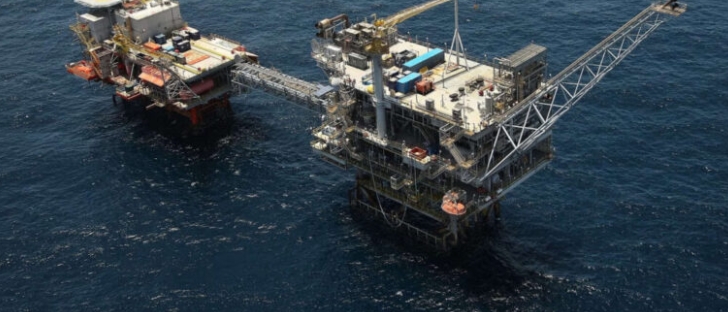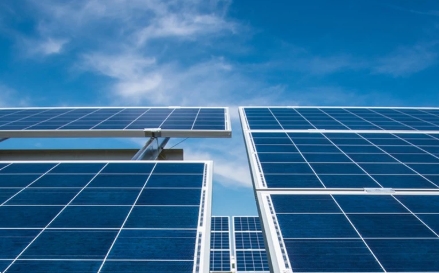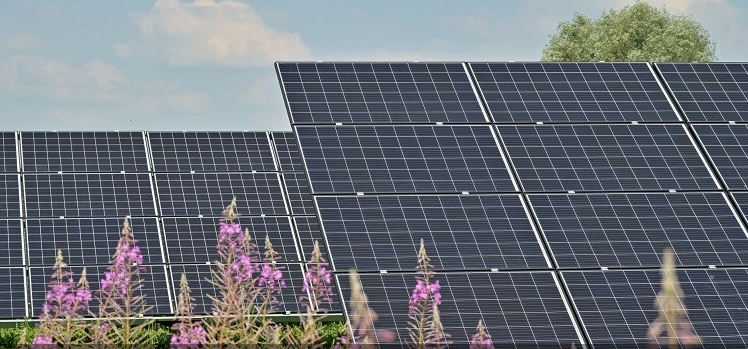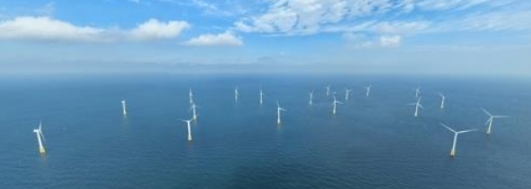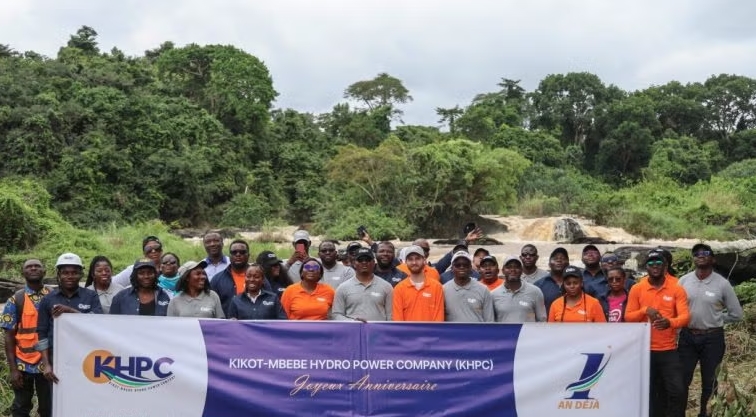 Image by madamlead on 123rf
Image by madamlead on 123rf
Industrial giant GE reported a bumpy third quarter across its renewable energy and power business segments.
The company’s onshore wind turbine revenues came in at $2.445 billion for the quarter, which ended September 30. That was down from $3.047 billion for the same quarter a year earlier.
For the first nine months of the year, onshore wind turbine revenue was $6.403 billion. That was down from $8.048 billion a year earlier.
Across the company’s entire renewable energy business, GE reported a quarterly loss of $934 million. That was wider than the $151 million loss recorded over the same period in 2021. For the first nine months of 2022, business segment losses were $1.786 billion. That was a wider loss from the $484 million loss recorded over the first three quarters of 2021.
The company said that equipment revenues during the quarter were down, primarily in its renewable energy business, due to fewer onshore wind turbines, and its power business, due to decreases in gas-powered HA turbine and aeroderivative deliveries, and decreases in steam power equipment on the decline of new-build coal.
Cost inflation
In its third-quarter filing with federal securities regulators, the company said it had experienced “significant cost inflation” in materials and logistics costs across the entire business impacting customer demand.
It also said that based on experience across its onshore wind turbine fleet, it was deploying “repairs and other corrective measures” to improve overall fleet quality and availability. The repair move led to higher warranty and related reserves during the quarter.
GE also said it was restructuring its onshore wind business to operate in fewer markets and “simplify and standardize product variants.”
It cited “significant demand” for larger turbines that reduce the levelized cost of energy, and pointed to its 5 MW Cypress and 3 MW Sierra onshore units, as well as its 12-14 MW Haliade-X offshore units. GE said it expects to start shipping Haliade-X units for its first commercial project during the fourth quarter.
Gas generation’s ‘critical role’
On the power side of its business, GE reported third quarter revenues of $3.529 billion. That was down from $4.026 billion a year earlier. Through the first three quarters of 2022, power segment revenues were $11.233 billion, down from $12.242 billion a year earlier.
Its earnings filing said that during the nine months ending September 30, global gas generation grew in the “mid-single digits” with the greatest demand for its products coming from Europe and the US.
It said the fleet continues to follow growing gas generation, capturing what it said are shortfalls from nuclear outages, coal retirements and hydro and supply disruptions.
It cautioned, however, that the power market will likely continue to suffer from overcapacity, continued price pressure to service the installed generating base, and the “uncertain timing of deal closures” due to financing and other complexities of working in emerging markets. It said the ongoing impacts of COVID-19 also are a factor weighing on results.
GE said that while greater renewable energy penetration and the adoption of climate change-related policies continue to impact long-term demand, it “expects the gas market to remain stable over the next decade with gas generation continuing to grow low-single-digits.”
It said, “We believe gas will play a critical role in the energy transition.”
Turning to the company’s grid solutions business, GE said it is “securing our position in the high growth offshore interconnection market” with products aimed at meeting the 2GW high voltage direct current standard and developing new technology such as flexible transformers and eco-friendly switchgears.

